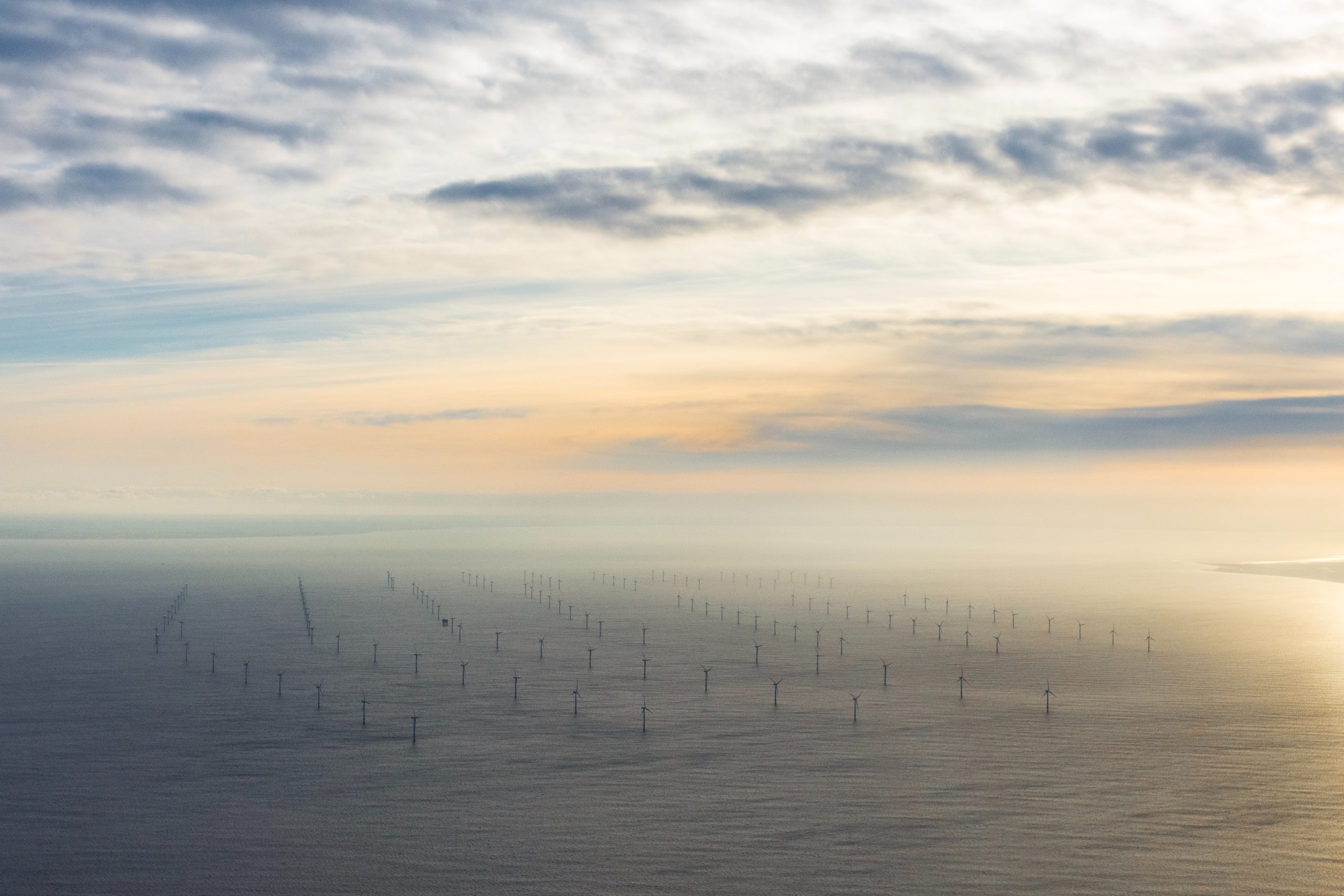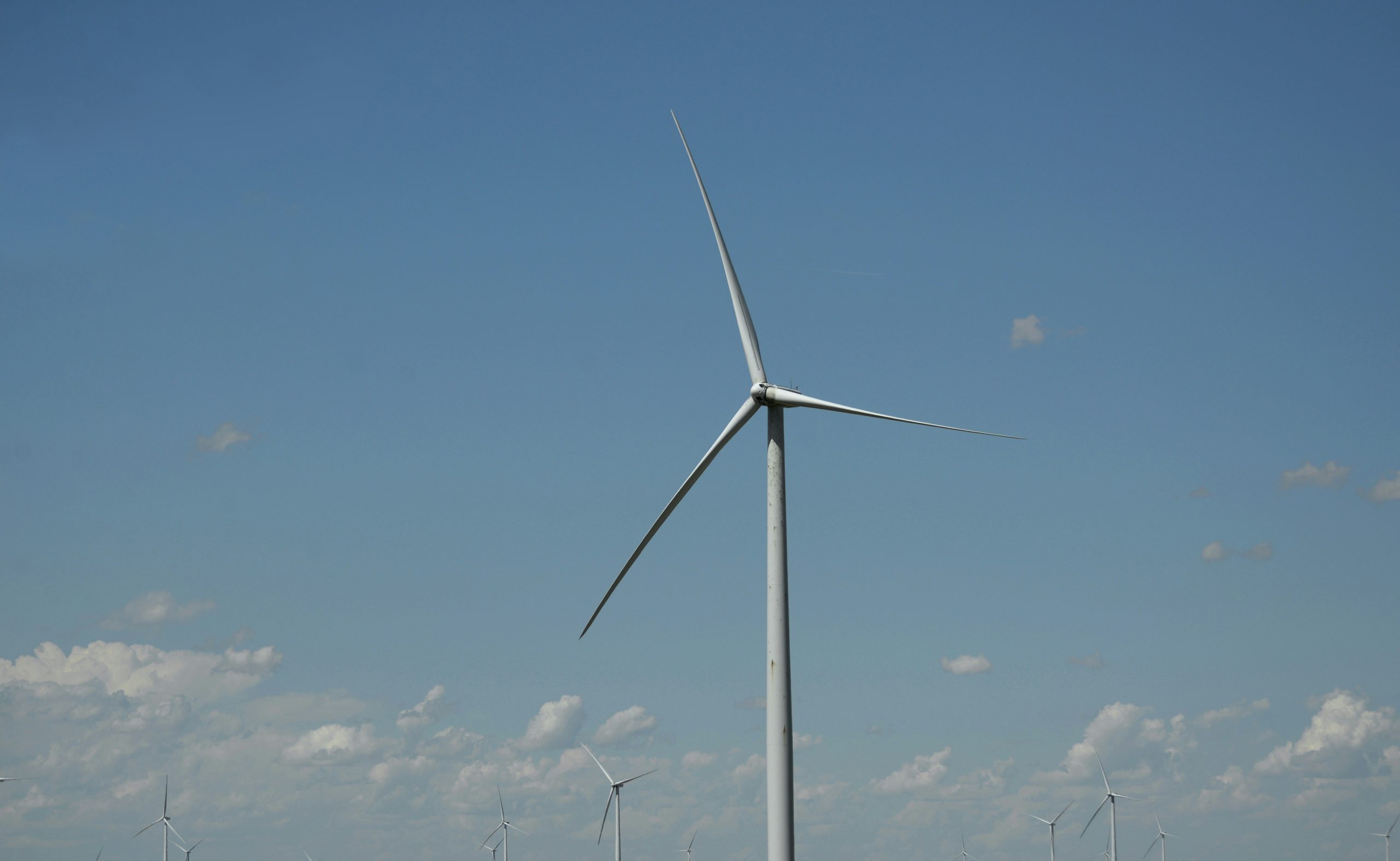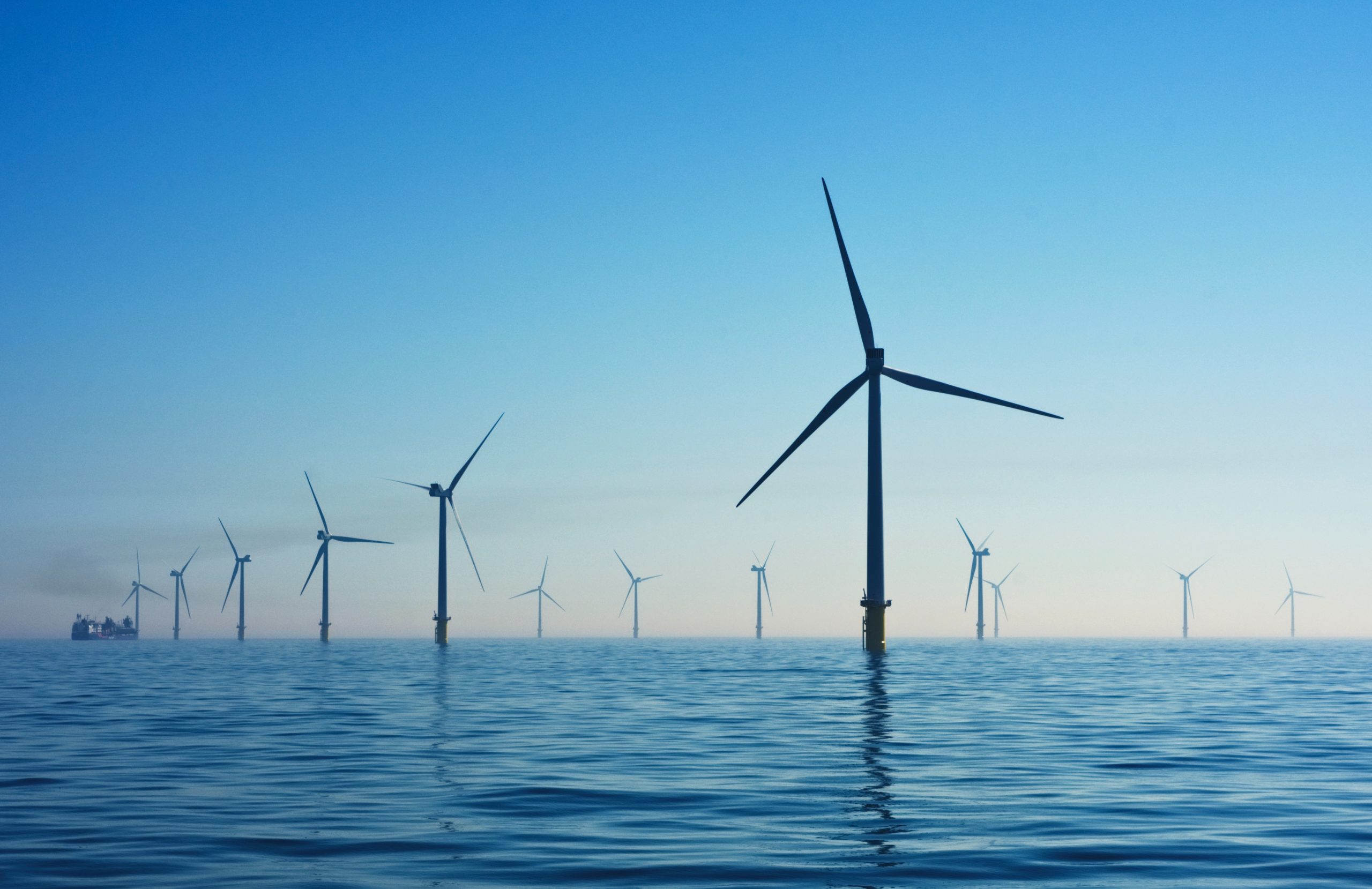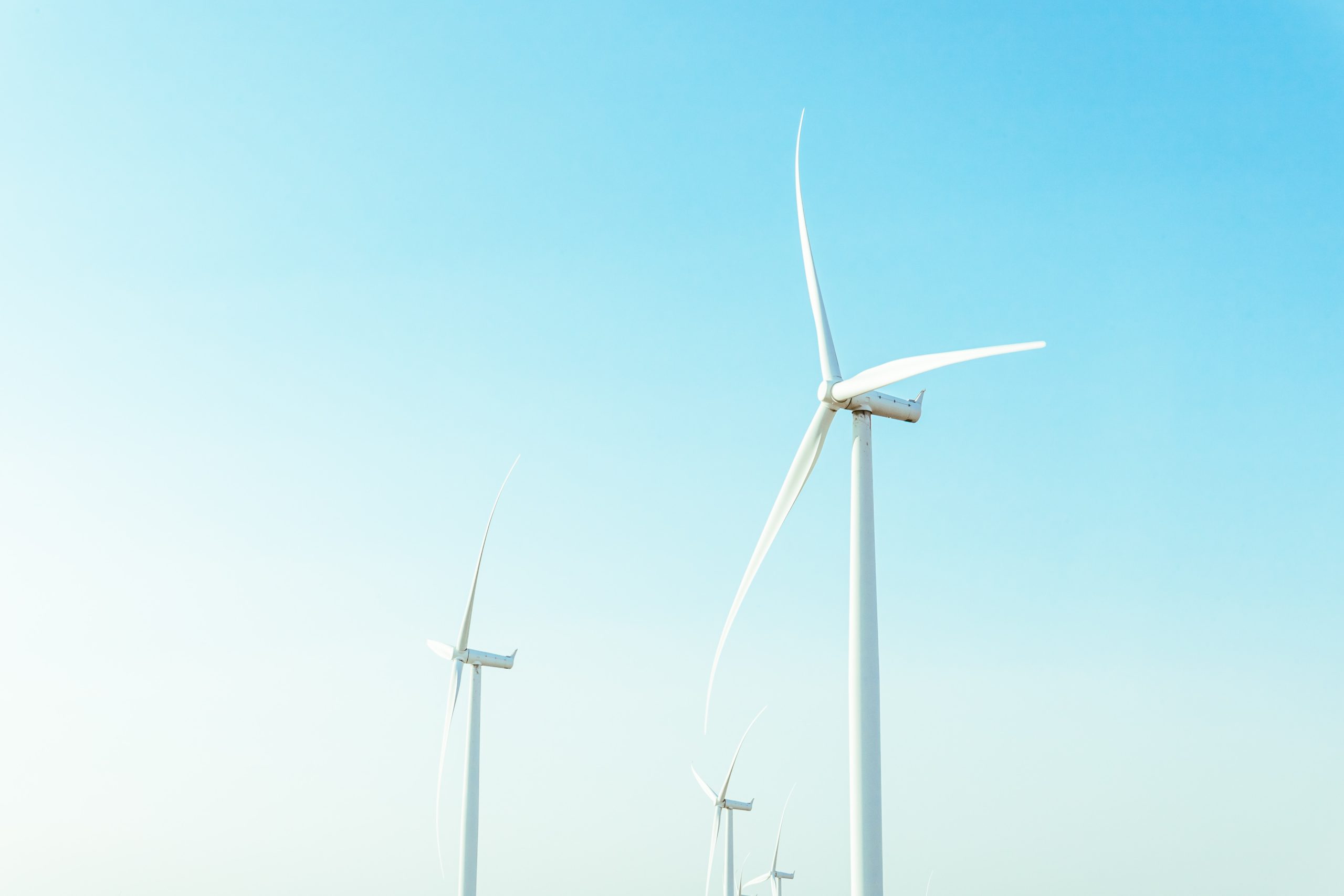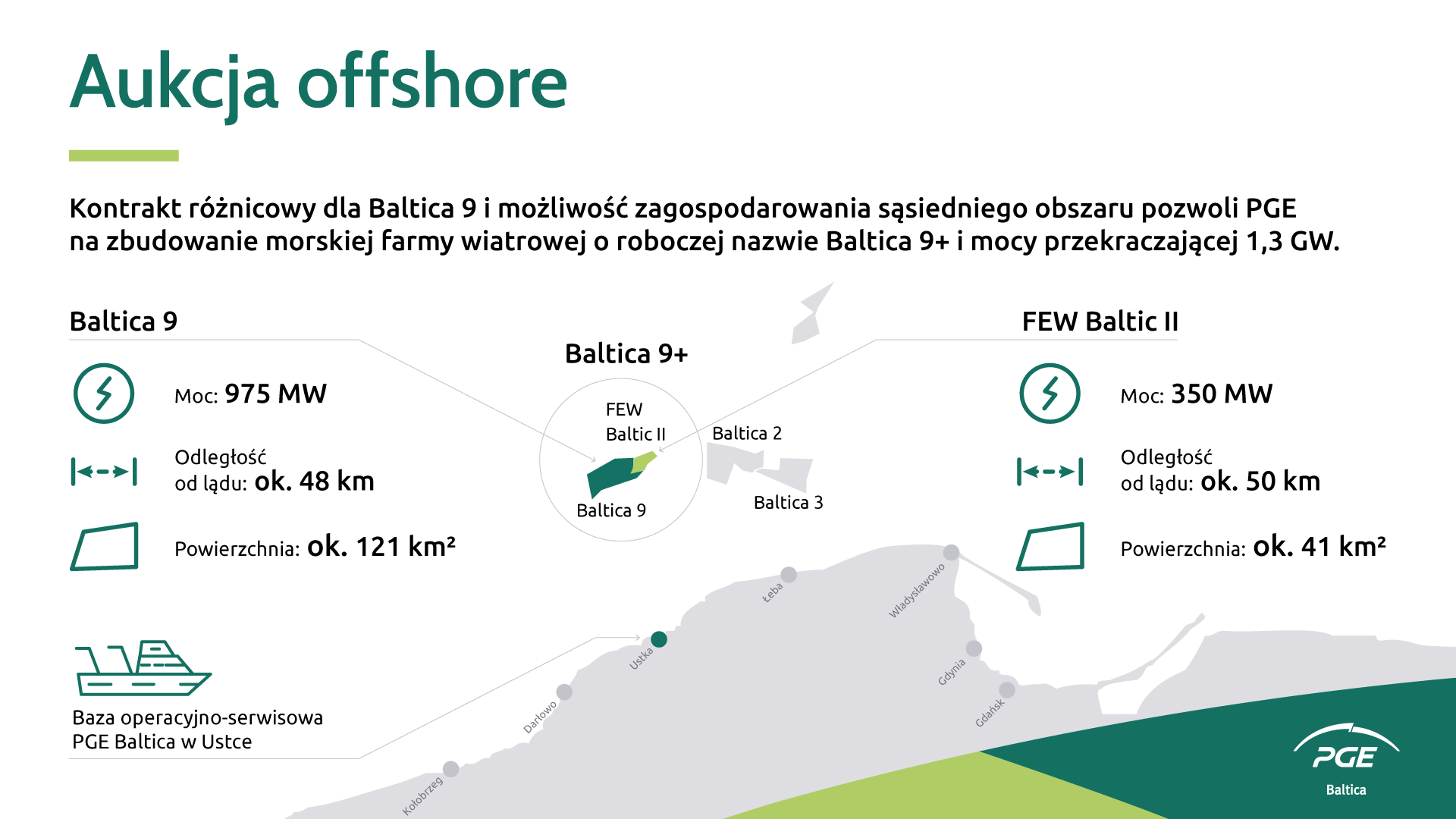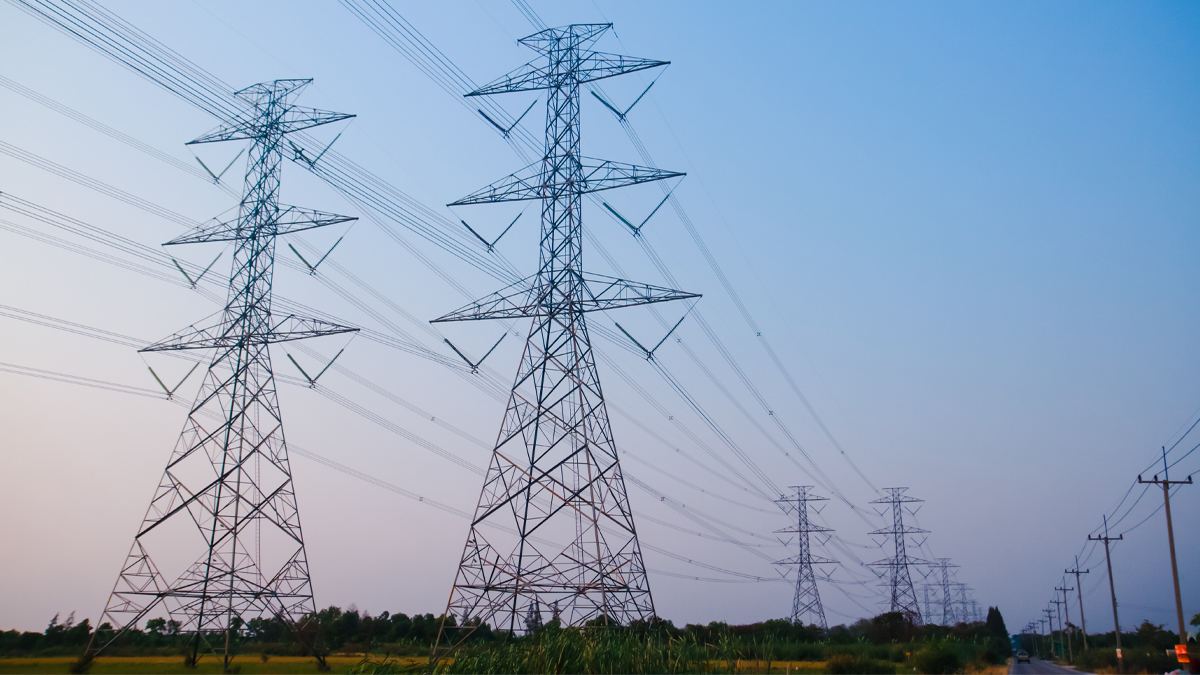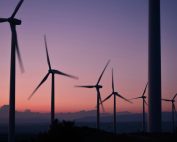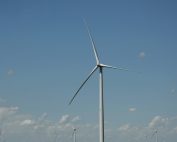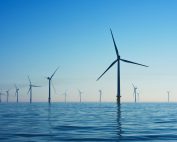According to the Swedish Wind Energy Association (Svensk Vindenergi), the Swedish government’s decision on environmental permits for two offshore wind farms in the Kattegat Strait is very good news. Projects that have received permits, if they also receive a license to connect to the grid and an investment decision, around 2030, will be able to supply 6.5 TWh of electricity to the power system NO3, which is currently deficient in electricity production.
“Today’s government announcement is very well seen. Increasing electricity production is urgent to ensure the industry’s climate transformation and Sweden’s competitiveness. It is very positive that the government is maintaining momentum and showing the strength to act”, commented Daniel Badman, CEO, Swedish Wind Energy Association
Once projects have been granted an environmental permit, two important stages remain: for the project to receive a grid license (connection to the electric grid) and an investment decision. It can take up to 7 years from the time a wind farm is licensed to be built to the time it is commissioned and begins supplying electricity, of which the construction period is about 2 years. Measures aming to expedite grid connection and investment conditions could reduce pre-construction lead times.
“Sweden needs to ensure a good investment climate. Governments in many countries are investing heavily in offshore wind, power grids and energy islands, which means that competition for investment is intensifying everywhere. An environmental permit decision is a prerequisite for wind power projects to start securing investments and components in the value chain so that projects can become a reality”, emphasized Lina Kinning, responsible for offshore wind energy at the Swedish Wind Energy Association.
According to available data, the industry in Electricity Area NO3 needs nearly 12 terawatt hours (TWh) of additional electricity by 2030 to cope with the climate transition and future competitiveness. Offshore wind power is poised to provide much of the electricity the industry needs. Combined with flexibility, batteries and storage, wind power can contribute to an efficient electricity system.
“It is up to politicians to decide on difficult trade-offs between different interests. It is positive that the government has decided to act in accordance with EU regulations on energy production, which is an overriding public interest. The Swedish Wind Energy Association now expects the government to show the same energy with regard to the eight other offshore wind proposals on the table”, said Lina Kinning .
The government’s decision on environmental permits follows an earlier announcement by the government to launch an investigation that will result in a report on how the evaluation of wind energy permits in the Swedish economic zone can become more efficient and transparent. The investigation is expected to lead to an evaluation system that will provide the conditions for increased expansion of offshore wind power.
“It is very positive that the government is now making decisions on permits for mature offshore wind projects, so that the pace of electrification is not jeopardized by waiting for the results of an investigation or other power generation projects that have not yet started”, Svensk Vindenergi’s Lina Kinning added in a commentary.
Source: Svensk Vindenergi
